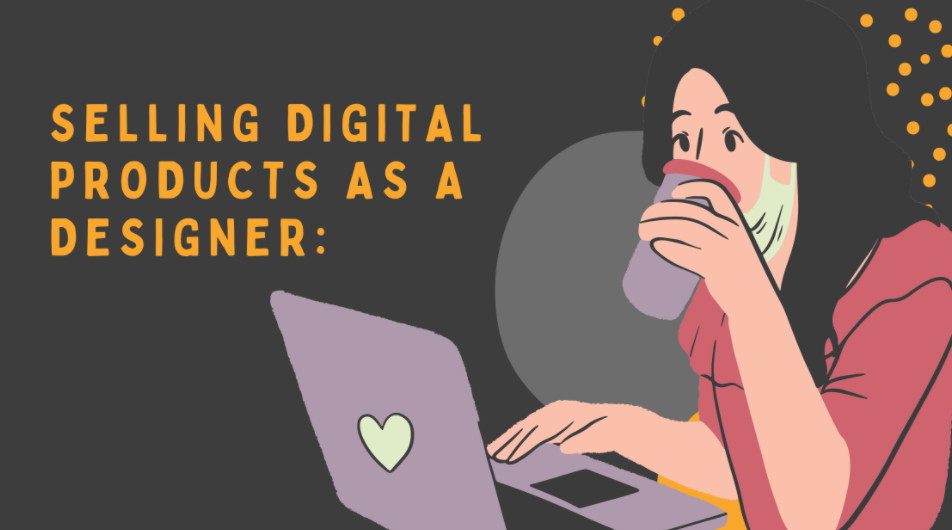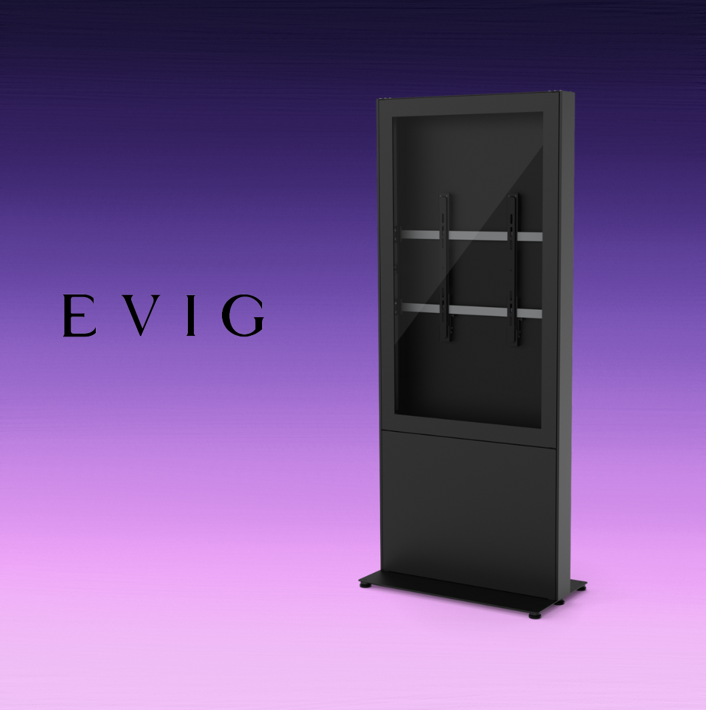Selling Digital Products as a Designer: Best Practices for Sustainable Success
Today, in the age of the creator economy, creative professionals have more possibilities than ever before to convert their expertise into passive earnings through the sale of digital goods. If you’re a graphic artist or illustrator, an expert in UI/UX, or a branding expert, the digital market has a lot of potentialHowever, being noticed requires more than skills.
This blog will take you through the most effective practices to use when selling digital items for designers that cover everything from the creation of the product and pricing to branding, promotional platforms, and more.
Why Digital Products Are Ideal for Designers
Before we dive into the most effective techniques, let’s examine how designers can be uniquely poised to be successful in the field of digital product sales.
- Demand is high from social media templates to kit designs; the marketplace requires images to create web content.
- Lower Overhead There are no inventory and shipping charges, nor restocking fees.
- Passive Income Possibilities start once and then sell it often.
- Scalable: The products are able to be sold to hundreds of thousands of people with minimal effort.
Digital products that are popular and designed by creatives comprise:
- Canva templates
- Logo packs
- Icon sets
- Fonts
- Printables
- Lightroom presets
- UI/UX wireframes
- Templates for Notion and Figma
1. Begin with a Niche Product that solves a problem
Digital products like mobile skin templates that are the best solve a particular requirement in a clear market. Do not create something simply for the sake of you think it “looks good” — create it for practicality.
Examples:
- A real estate agent kit for Canva
- Templates for Instagram carousels to coach coaches
- Wireframes from Figma are used to create SaaS landing pages.
TIP: Research common pain issues on Facebook, forums, Reddit, or client comments. Create products that help make people’s tasks simpler.
2. Prioritize User-Friendly Design and Functionality
Your work may look stunning. However, if the design isn’t user-friendly, then it’s unlikely to sell or receive positive reviews.
Best Practices:
- Keep your layers organized (for Photoshop, Illustrator, Figma, etc.)
- Make sure you have clear documentation and tutorial videos.
- Drag-and-drop design for modification (especially specifically for Canva users)
- Try your product out with a few real customers before you launch your product.
Allow users who aren’t designers to utilize your designs.
3. Price Strategically
Pricing can be the most difficult aspect. Most designers aren’t able to properly price their digital items because of fear, yet doing so undermines the value of your job and reduces your earning potential.
Consider:
- Your level of experience and expertise
- The depth of the product and its value
- Licensing (personal use vs. commercial)
- Competitor pricing in your niche
Tips: Use tiered pricing and provide a base version for an affordable price, while a higher-end bundle is offered at an increased price in order to cater to various budgets.
See also: Behind the Reels: How RNG Technology Powers Online Slot Fairness
4. Choose the Right Platform(s) to Sell
How you market your digital goods is important. Each one has positives and negatives.
Top Selling Platforms for Designers:
- Vectorgi – Perfect for top-quality design products and great visibility
- Etsy is A huge marketplace, user-friendly, but needs an SEO strategy and excellent visuals
- Gumroad Clear interface that is easy for single creators, with low costs
- Payhip, Similar to Gumroad excellent for checkout bundles and customizing your checkout
- Design Bundles/Font Bundles: A community that is focused on makers and designers
- Your site (via Shopify, WooCommerce, or Notion) – Full control, more effective for brand recognition, and more returning customers
Start by using 1-2 platforms, then expand when you’ve got sufficient capacity.
5. Optimize Product Listings for SEO
An exquisitely designed product will not succeed if the public can’t locate it. That’s the reason why search engine optimization (SEO) comes in.
Tips to Improve Visibility:
- Include keywords in your product title and in the description
- Label your items accurately
- Be sure to mention the software compatibility (e.g., Canva, Adobe Illustrator, Figma)
- Make alt-text available for images of products.
- Write blog articles, video content on YouTube, blog posts, or Pinterest pins that will lead you to your company’s page
Example SEO title: “Real Estate Canva Instagram Templates – Editable Social Media Kit for Realtors”
6. Provide Clear Licensing Terms
Incorrect usage rights can make buyers confused and harm your image. Make sure you clearly state whether the product is intended for commercial, personal, or extended commercial usage.
Offer:
- A Personal Use License to individuals who purchase
- A normal commercial license intended for small-scale business use
- An extended licence that can be used for the development of client projects, or in massive production
Bonus TIP: Provide a short PDF that explains your rights in plain language, and it will help you avoid many headaches with customer service.
7. Promote Consistently Without Spamming
Every product needs marketing. Make sure you focus on the value of your product rather than constant self-promotion.
Promotional Strategies:
- Pinterest – Great for evergreen visual traffic
- Instagram Reels and Carousels show product usage cases, or behind-the-scenes
- Marketing via email builds your list by giving away an offer for free or a discount coupon
- The content marketing begins with a YouTube or blog with design-related suggestions
- Collaborations with Influencers or creators within your field
Consistency beats virality. Keep up with regular material and let your brand shine.
8. Collect Feedback and Continuously Improve
Your initial launch doesn’t mean an end, but rather the start.
After Launch:
- Request reviews from buyers or customer testimonials
- Find out which of your products are most popular and the reasons for that.
- Updates with FAQs and additional options
- Make use of feedback to help guide the next idea for your product
Iterative design is a process. Each new version will bring you closer to achieving your perfect product-market match.
9. Secure Your Work From Theft
Digital files are simple to duplicate; however, that doesn’t mean you’re completely helpless.
Tips to Protect Your Work:
- Utilize a licence that spells out limitations clearly
- Put a watermark in the preview images
- Include metadata or brand elements in the file
- Use tools such as Copyscape to identify content-related theft
Although you cannot end all piracy but you can limit exposure and then take action if needed.
10. Turn One Product into Multiple Revenue Streams
Do not reinvent the wheel every time. Make your work reused into different types of products.
Example:
- Make the Instagram templates into Pinterest templates
- Change your logo into an information guide for branding
- Combine several tools into an integrated toolkit
It expands your catalogue with no effort at all. It is an effective method to increase your capacity.
Final Thoughts: Design a Business, Not Just a Product
If you’re a designer, your eye for design is your greatest assetand selling digital items effectively requires you to think like a businessman. With these top practices to build your business, you’ll be able to create a product that is not just profitable but also long-lasting and satisfying.
Make your work purposeful, market using a strategy, and then deliver in a professional manner. The world of the digital is waiting for whatever you bring to the table.
Frequently Asked Questions (FAQs)
Q: Which digital items are the easiest for designers to market?
A Canva template, logo kits, and social media graphics, as well as fonts and icon packs, are all popular. Find out what best suits your abilities and the area you work in.
Q What do I need to have an online store to market digital goods as a designer?
A: Not necessarily. Platforms such as Etsy, Gumroad, and Creative Market are great starting locations. Personal websites can help you build a long-term brand and also mailing lists.
Question: What should I respond to bad reviews or requests for refunds?
A. Be professional and be polite, and take a lesson from comments. Clear product previews and descriptions can help reduce the number of mistakes and refunds.
Do I utilize Canva, Figma, or Adobe tools to create my template?
A: Choose based on the audience you want to reach. Canva is perfect for novices, Figma and Adobe tools work best for more experienced or professional users.







